Unlocking Innovation: The Hidden Power of Non-Patent Literature (NPL)

In the world of intellectual property and innovation, patents are not the only valuable source of information, Non-Patent Literature (NPL) also plays a significant role in uncovering prior art, expanding knowledge, and informing research and development efforts. Non-Patent Literature (NPL) encompasses a wide range of published materials, including scientific papers, journals, conference proceedings, technical reports, blogs, videos, and more.
Let us explore the importance of Non-Patent Literature (NPL), how to search for it, and the benefits it offers to innovators, researchers, and inventors.
1.Non-Patent Literature (NPL) as Prior Art: Invalidating Patents through Public Disclosures
One of the most significant roles of Non-Patent Literature (NPL) is in uncovering prior art for patent examinations. Prior art includes any publicly available information that can affect the novelty or non-obviousness of an invention. Non-Patent Literature (NPL) is often overlooked in patent searches, but it can be crucial in invalidating patents that were granted based on seemingly novel claims.

Example 1:
Steve Jobs’ famous “rubber banding” feature in Apple’s devices—a key feature allowing a page to bounce back after scrolling—was publicly demonstrated before Apple filed a patent. Videos and articles documenting the feature before the patent application served as Non-Patent Literature (NPL) reference, which ultimately invalidated Apple’s claim to the invention during a legal battle. This case underscores how public disclosures, even outside traditional patent filings, can undermine a patent.
Read: Video as a Prior Art
Example 2
In the field of biotechnology, Non-Patent Literature (NPL) has played a vital role in shaping the patent landscape for gene-editing technologies, such as CRISPR-Cas9. In 2016, a high-profile patent dispute emerged between the University of California, Berkeley, and the Broad Institute. Berkeley’s CRISPR research, published in a scientific journal, was considered Non-Patent Literature (NPL) that predated Broad’s patent claims, leading to a complex legal battle over who invented the gene-editing technology first. This case demonstrates the importance of Non-Patent Literature (NPL) in determining priority in patent filings.
2.Expanding Knowledge and Research Horizons
Beyond patent examination, Non-Patent Literature (NPL) serves as a wellspring of knowledge that expands our understanding of various disciplines. Non-Patent Literature (NPL) covers a range of academic and scientific materials that offer cutting-edge research findings, detailed experimental data, and technical insights not always found in patents.
Researchers across industries can delve into Non-Patent Literature (NPL) to uncover fresh perspectives, identify emerging trends, and explore advancements in their fields. For instance, academic journals and conference proceedings published in Non-Patent Literature (NPL) databases often contain early-stage innovations, allowing businesses to stay ahead of the curve and inspire new developments.
3. Accessing Non-Patent Literature (NPL) Databases: A Deep Dive into Key Resources
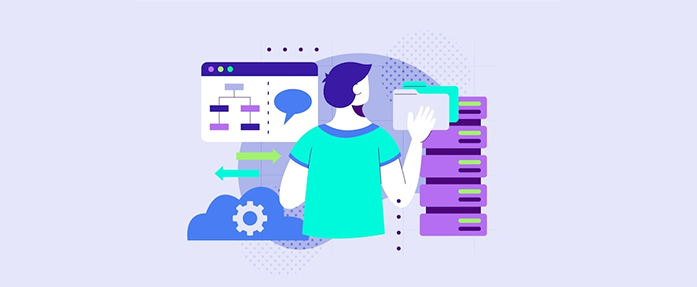
To harness the power of Non-Patent Literature (NPL), inventors and researchers must know where to look. Several dedicated databases index and provide access to a vast array of non-patent literature. Some popular resources include:
Google Scholar: A versatile platform that indexes scholarly articles from various disciplines, providing free access to abstracts and sometimes full-text articles.
PubMed: An essential resource for medical research, offering a comprehensive database of life sciences and biomedical literature.
IEEE Xplore: Primarily for engineering and technology, this database is home to thousands of conference papers, technical reports, and journal articles.
ScienceDirect: A key resource for scientific research, covering disciplines like chemistry, physics, and biology.
4. Tapping into Academic and Scientific Communities
Engaging directly with academic and scientific communities can be a powerful way to access high-quality Non-Patent Literature (NPL). Participating in research networks, attending conferences, and joining industry forums can provide exclusive insights into the latest research and unpublished data.
These communities often share white papers, presentations, and reports that are not indexed in traditional Non-Patent Literature (NPL) databases but are still considered prior art. Collaboration with these groups can also result in co-inventorship, leading to stronger intellectual property portfolios.
5. Online Resources: Exploring Video, Blogs, and E-Commerce Platforms

The scope of Non-Patent Literature (NPL) is not limited to academic papers and conference proceedings alone. In today’s digital era, valuable prior art can be found in videos, websites, blogs, and even e-commerce platforms. Videos on platforms like YouTube often demonstrate products or methods that could serve as prior art. Similarly, blogs and articles may disclose ideas and inventions, making them unpatentable.
E-commerce platforms like Amazon and Flipkart often feature detailed product descriptions that could reveal prior use of a technology, invalidating a patent application claiming novelty.
6. Critical Evaluation and Quality Assessment of Non-Patent Literature (NPL) Sources
Not all Non-Patent Literature (NPL) is created equal. When using Non-Patent Literature (NPL) in research or patent examination, it is critical to assess the credibility, reliability, and relevance of the sources. Peer-reviewed journals and reputable conference proceedings hold more weight than informal blogs or non-peer-reviewed articles.
Factors like the reputation of the publisher, the expertise of the authors, and the impact factor of the journal should be considered. A high-quality Non-Patent Literature (NPL) source ensures that the information used in patent analysis or research is both reliable and accurate.
7. Complementing Patent Searches: A Holistic Approach
Non-Patent Literature (NPL) and patent searches complement each other to provide a more comprehensive understanding of prior art and technological advancements. Patent databases contain critical insights into protected inventions, while Non-Patent Literature (NPL) offers a broader scope of published knowledge, from early-stage research to public disclosures.
By combining patent searches with Non-Patent Literature (NPL) exploration, researchers and inventors can uncover alternative solutions, avoid potential infringement risks, and assess the patentability of their inventions with greater accuracy.
Conclusion
Non-Patent Literature (NPL) is a vital yet often underutilized resource in the world of innovation and research. It holds the key to unlocking prior art, expanding knowledge, and driving technological advancements. Whether it’s through engaging with academic communities, tapping into specialized databases, or exploring online platforms, embracing Non-Patent Literature (NPL) can open new doors for inventors, researchers, and businesses alike, ensuring they stay ahead in the competitive landscape of intellectual property.
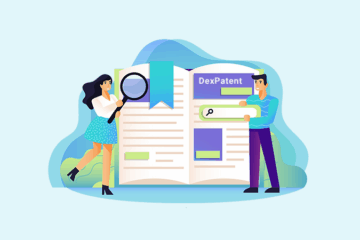
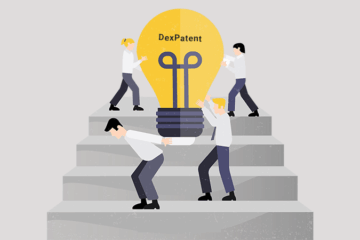
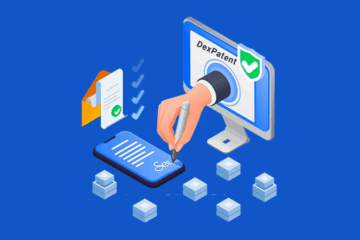

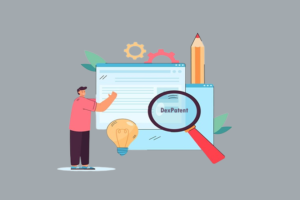







0 Comments